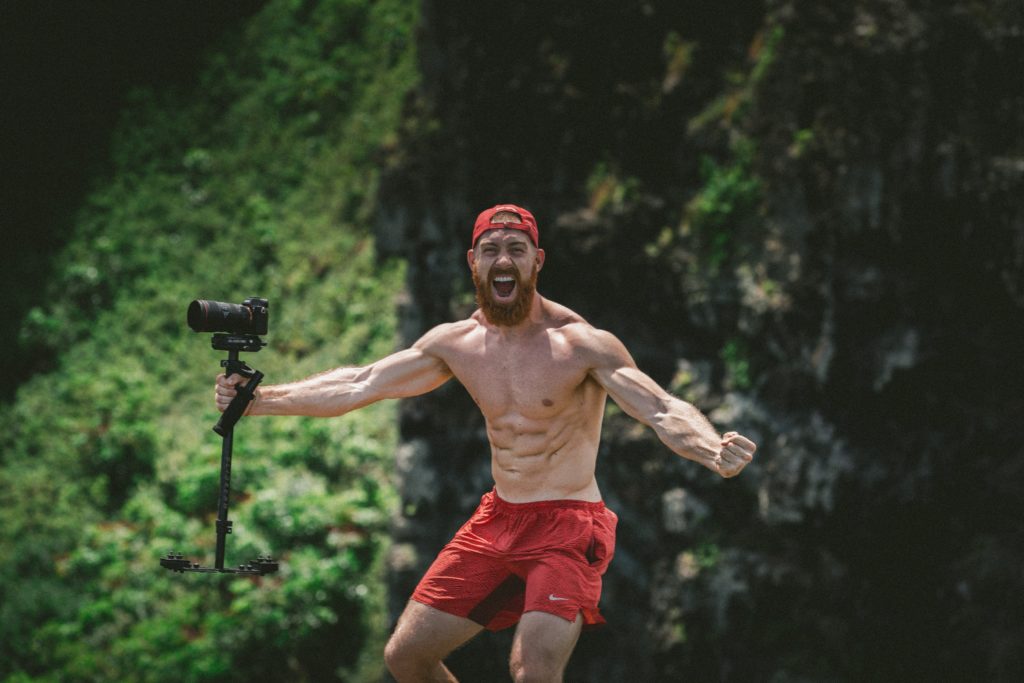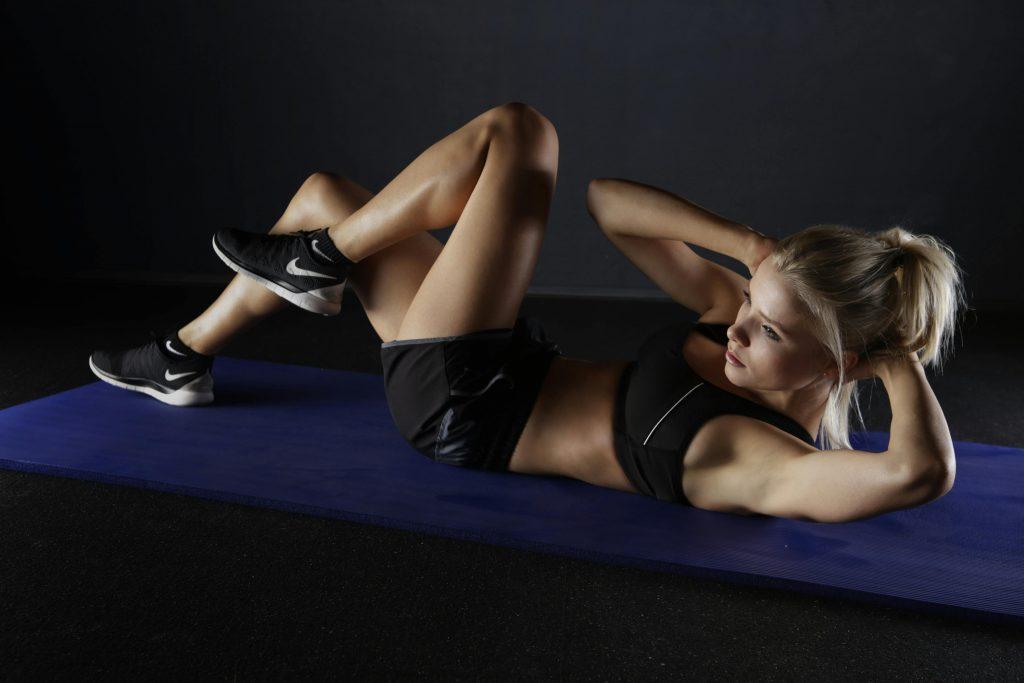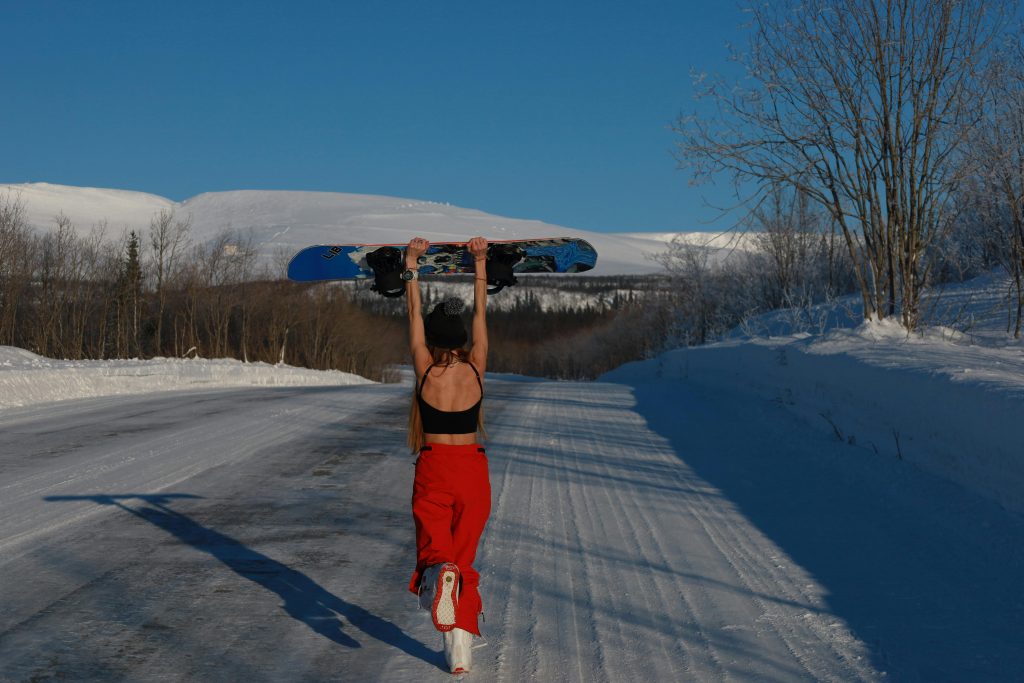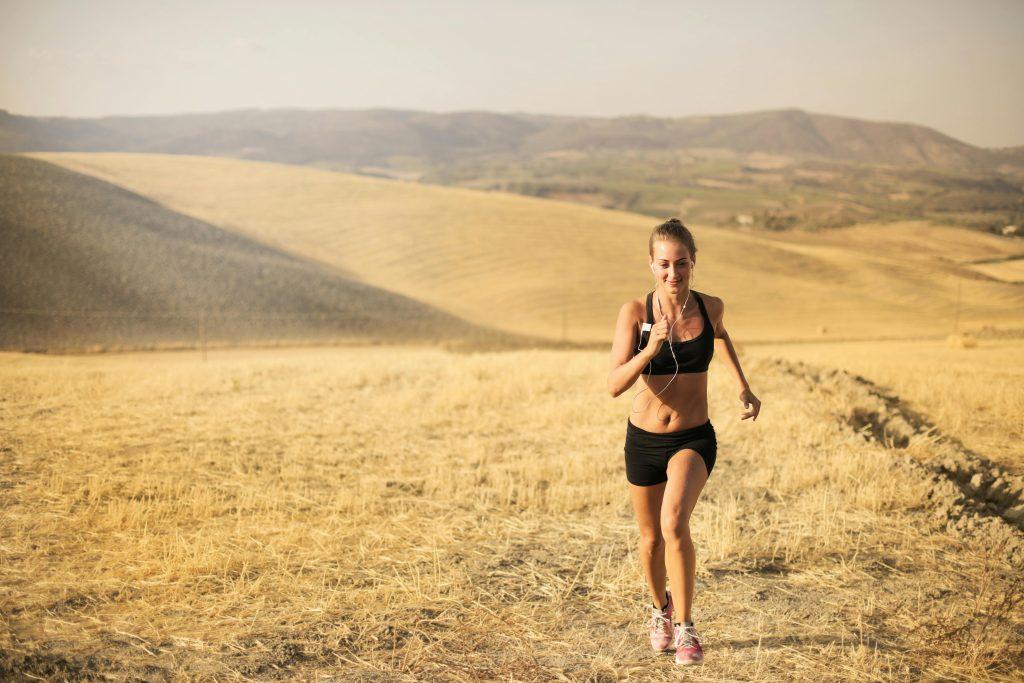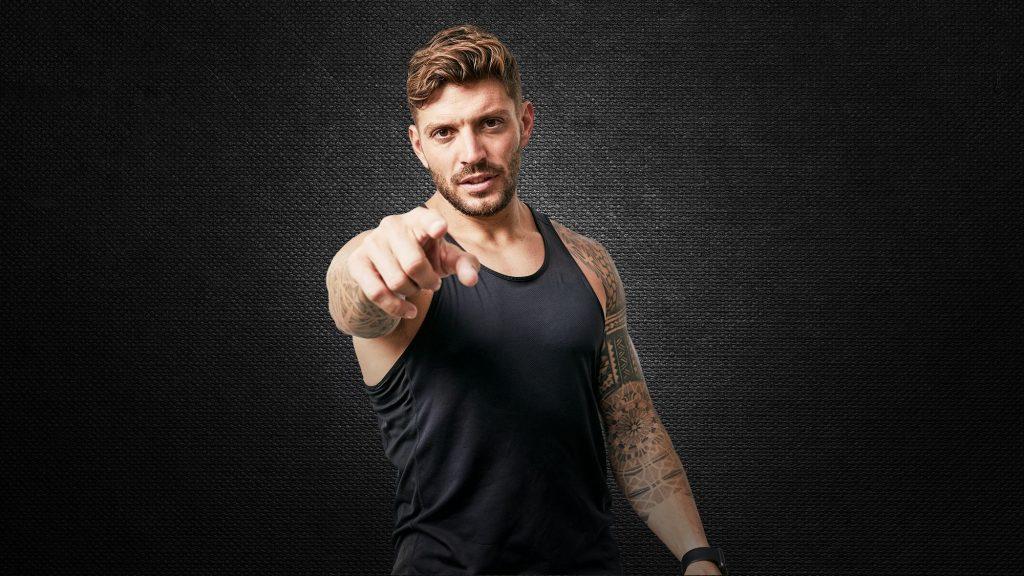For the record, our bodies don’t technically have separate “upper abs” and “lower abs.” When people refer to these two areas, they think they are actually two separate muscles but really they are actually just different areas of the rectus abdominis. The rectus abdominis is the muscle that runs vertically from your sternum to your pelvis on each side of your abdomen. It is the exact muscle that is in charge or what people think of when they are picturing a stomach with a nice six-pack of abs.
More importantly what it is to know is that it is possible to activate one part of the rectus abdominis while the other is more relaxed. Different exercises will ‘target’ one part over another but really this is just making one area more active than the other. It’s important to work all of your core muscles because if one portion of your core is weak then it can cause other parts of your body to be overactivated which can cause issues too. Because a lot of our society sits down a lot, the hips and lower back easily like to take over which can cause them to strain. Due to this, it is important to make sure that your lower rectus abdominis is strong to make sure you don’t strain your hips or lower back.
6 Lower Ab Burners
Dead Bug
- Lie on your back with your arms extended in front of your shoulders.
- Bend your hips and knees to a 90-degree angle making sure your knees are above your hips.
- Tighten your abs and press your lower back into the floor.
- Take a deep breath in.
- As you exhale, slowly extend your left leg toward the floor and bring your right arm overhead.
- Don’t lower your leg all the way to the ground and make sure that your abs are engaged and you aren’t allowed your back to lift.
Scissor Switch
- Lie on your back with your legs long and toes pointed.
- Gently raise your upper body by coming up onto your elbows, keeping them close to your sides.
- Lengthen your spine and pull your shoulders away from your ears.
- Keeping your legs straight, lift your right leg up toward the sky and hover the left leg two to three inches off the ground while engaging your core and lengthen your tailbone.
- Slowly switch legs with your core strength, keeping the legs long and straight.
- Pause for about three seconds before switching legs.
Reverse Crunch
- Lie on your back in a traditional crunch position with your feet flat on the floor and hands underneath your head.
- Press your lower back into the floor and pull in your belly button to lift your feet off of the floor.
- Keeping your knees together, bent them to a 90-degree angle.
- Using your core, pull your knees into your chest so that your tailbone raises off of the ground.
- Using your abs and not your hands, lift your butt off of the ground.
- Slowly lower your legs to return to the starting position. Stop when your feet are just above the floor.
- Repeat the movement, making sure not to use momentum to power your next repetition.
Boat Pose
- Sit on the ground leaning back slightly with your knees bent and feet flat on the floor.
- Extend your arms straight out in front of you at shoulder height, with palms facing up.
- First, try by keeping your knees bent and lifting your feet off of the ground balancing on your butt.
- Hold for 30 seconds.
- If you need more of a challenge, straighten your legs out at a 45-degree angle and hold for 30 seconds.
- Place your feet back on the ground and relax for a few breaths.
Flutter Kick
- Lie on your back with your legs extended and your arms alongside your hips, palms down.
- Lift your legs 4 to 6 inches off the floor by pressing your low back into the mat and pulling your stomach into your spin.
- Keep your legs straight as you rhythmically raise one leg higher, then switch like your legs are fluttering.
Forearm Plank Rock
- Start in a forearm plank with your elbows stacked underneath your shoulders.
- Keeping your core tight and the whole body engaged as tight as you can.
- Slowly tip your hips to one side trying to lower them to the ground, but without lowering all the way to the ground.
- Slowly bring your hips back to starting plank position, pause for a moment and then lower them to the other side.
- Make sure your upper body stays as still as possible. Your feet can fall to each side as well.
